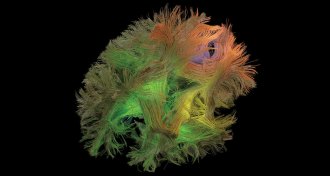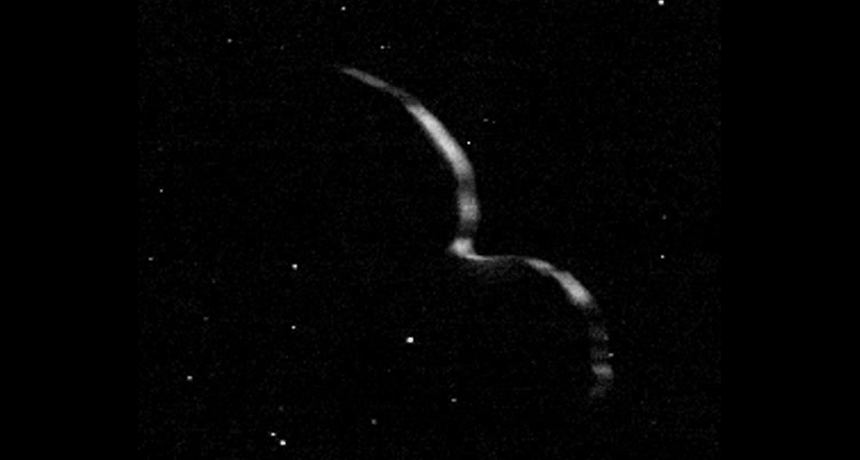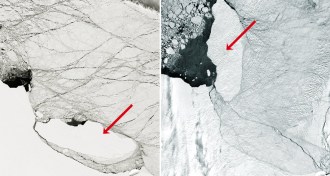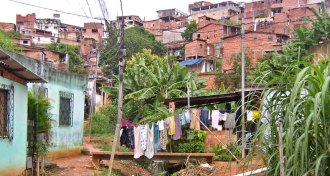Uncategorized
-
 Artificial Intelligence
Artificial IntelligenceReaders marvel at AI, space missions and wombat poop
Readers had comments and questions about defining artificial intelligence, the New Horizons space mission and more.
-
 Neuroscience
NeuroscienceBrain discoveries open doors to new treatments
Editor in Chief Nancy Shute discusses the history of neuroscience and new techniques scientists are using to influence the brain.
By Nancy Shute -
 Health & Medicine
Health & MedicineBrain-zapping implants that fight depression are inching closer to reality
Researchers are using electric jolts to correct the faulty brain activity that sparks depression.
-
 Astronomy
AstronomyUltima Thule is shaped like two lumpy pancakes
Scientists are rethinking the shape of the space rock, once thought to be a snowman.
-
 Climate
ClimateAn Antarctic expedition will search for what lived under the Larsen C ice shelf
The fourth attempt to investigate the seafloor once hidden by the Larsen C iceberg may have the best chance yet of success.
-
 Neuroscience
NeuroscienceBrain scans decode an elusive signature of consciousness
Newly described patterns of brain activity may help reveal the level of awareness in people with brain injuries.
-
 Materials Science
Materials ScienceA new fabric becomes more breathable as you work up a sweat
A yarn-based textile can switch from breathable to insulating and back again, depending on how much you sweat.
-
 Genetics
GeneticsDNA reveals early mating between Asian herders and European farmers
A new genetic analysis could upend assumptions about the origins of Indo-European languages.
By Bruce Bower -
 Health & Medicine
Health & MedicineIn some cases, getting dengue may protect against Zika
A Zika outbreak in a Brazilian slum suggests that the timing of dengue infections may matter for protection against Zika.
-
 Health & Medicine
Health & MedicinePills equipped with tiny needles can inject a body from the inside
High-tech pills equipped with medicinal needles could administer painless shots inside the body.
-
 Life
LifeEvolutionarily, grandmas are good for grandkids — up to a point
Women may live past their reproductive years because they help their grandchildren survive, but there are limits to that benefit.
By Sujata Gupta -
 Climate
Climate2018 was the fourth-hottest year on record, and it’s getting even hotter
Record-level rains and temperatures struck different regions of the world in 2018, the fourth warmest year on record.
By Jeremy Rehm